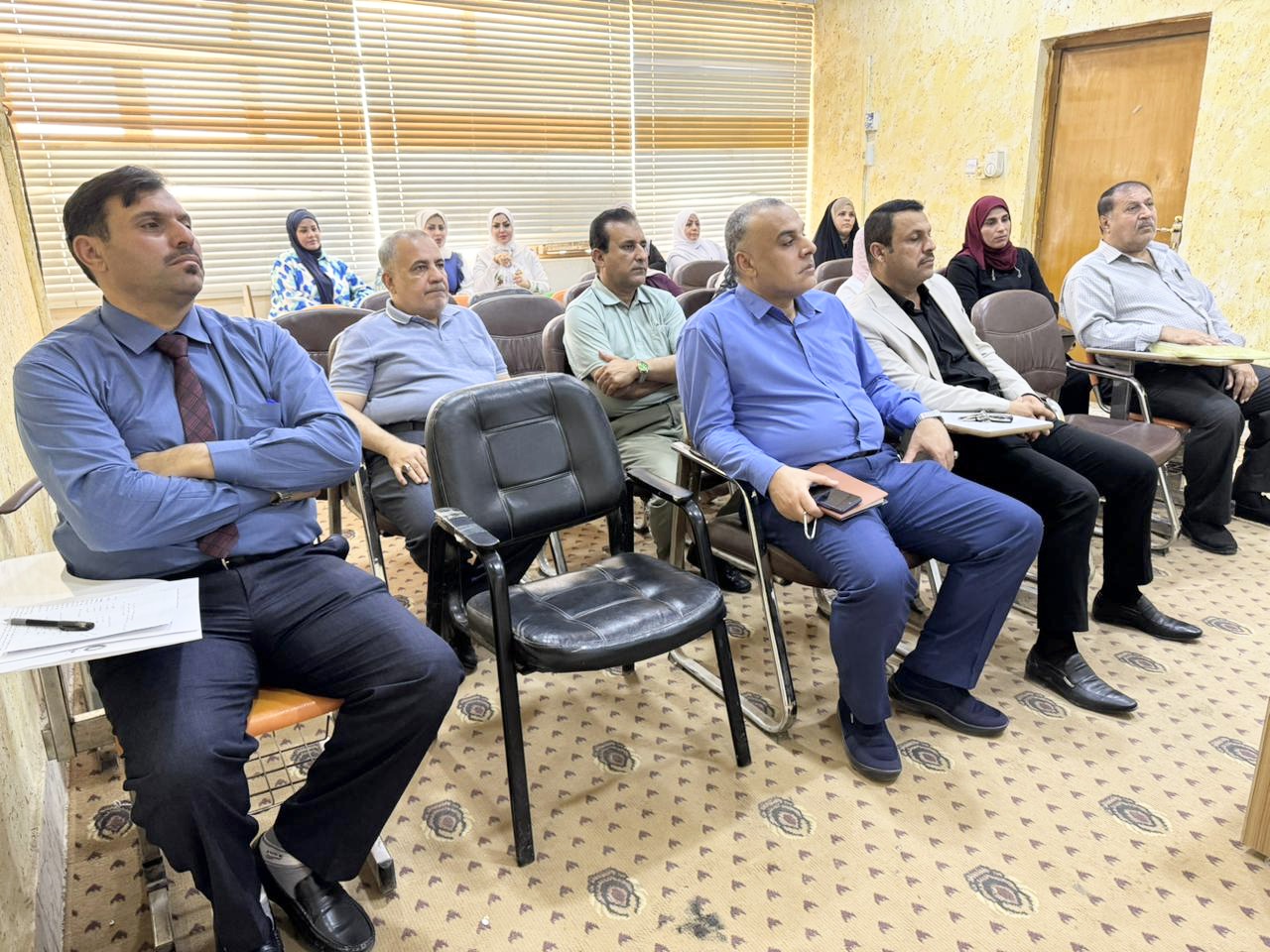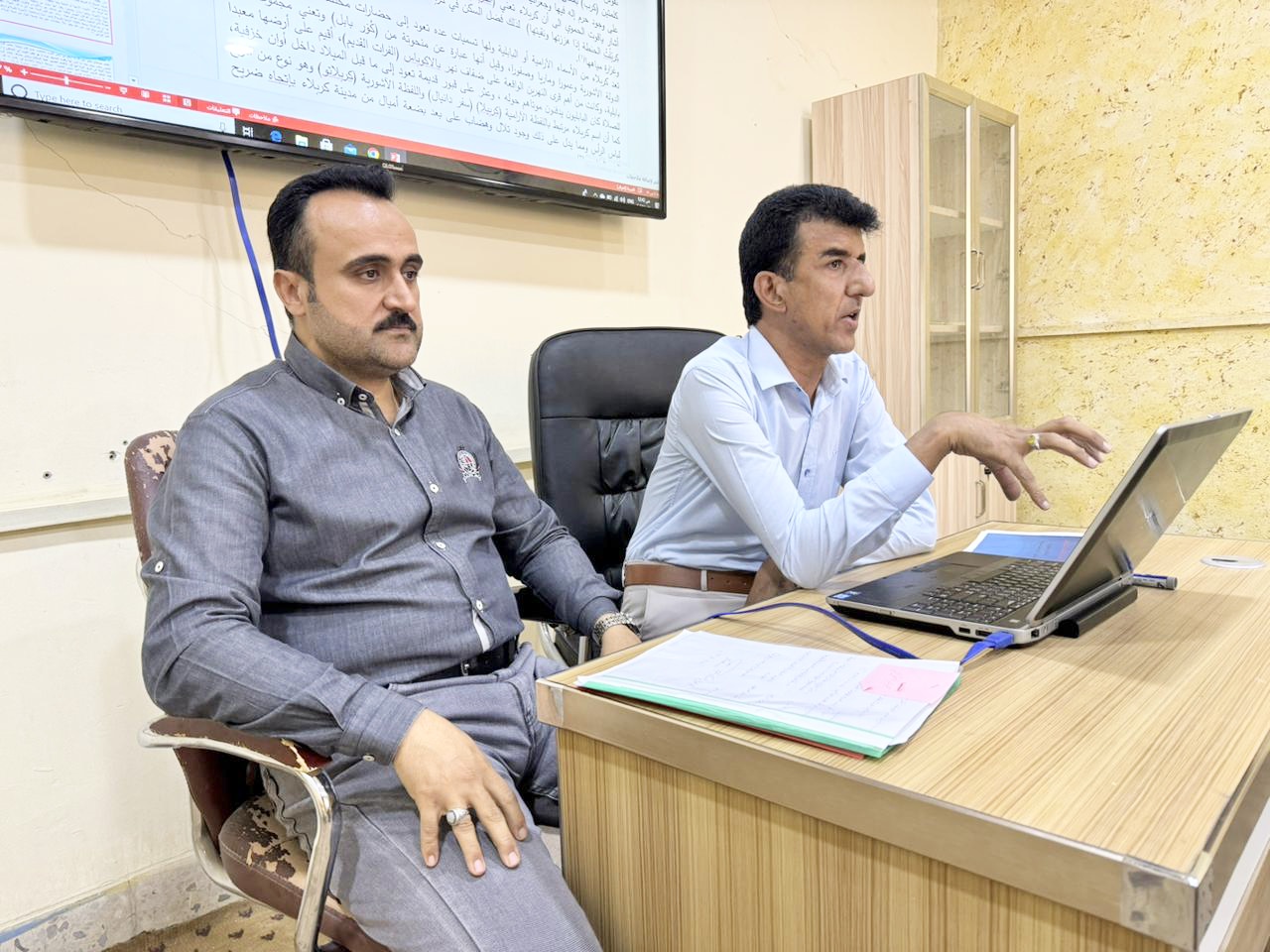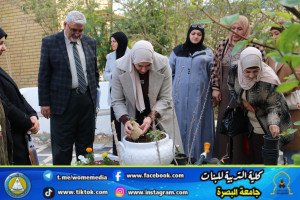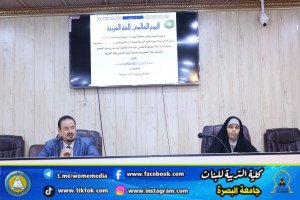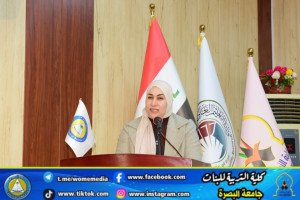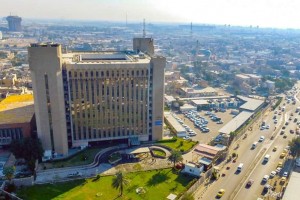
The University of Basra holds a seminar on the geographical distribution of the martyrs of the revolution of Imam Hussein (peace be upon him) according to their homes and tribes
The Geography Department at the College of Education for Girls held a discussion panel on the geographical distribution of the martyrs of the revolution of Imam Hussein (peace be upon him) in the holy city of Karbala according to their homes and tribes presented Dr. Ibrahim Ali Dewan.
The episode touched on the naming of the city of Karbala, as this name was given by the Assyrian civilization, where it was called (Karib Aila), meaning the sanctuary of God or the holy sanctuary. It also means empty, sifted land or fragile soil suitable for agriculture. It was also called Al-Ghadhriyah, named after Ghadir, the sheikh of the Bani Asad tribe. As for the sarcophagi, which means the graves of Christ, Karbala of Nineveh was also called after the capital of the Assyrians.
The episode presented the number of martyrs of the Karbala Revolution, which it counted as 98 martyrs, including 20 from Bani Hashem and 78 from the Ansar. In terms of residence, they are 33 martyrs from Yemen, 36 from Kufa, 13 from Basra, and 2 from The Turks
As for their tribes, 20 martyrs from Bani Hashem, 45 from Yemen, 25 from Kufa, 12 from Basra, and 2 from the Turks, where the total of the participating tribes reached 37 tribes, led by Bani Hashim, then the Hamdani tribe, 8 martyrs, and Al-Tami and Al-Abdi, each of whom had 6 martyrs, and the rest of the tribes. The number of their martyrs ranged between 1-5 martyrs.
